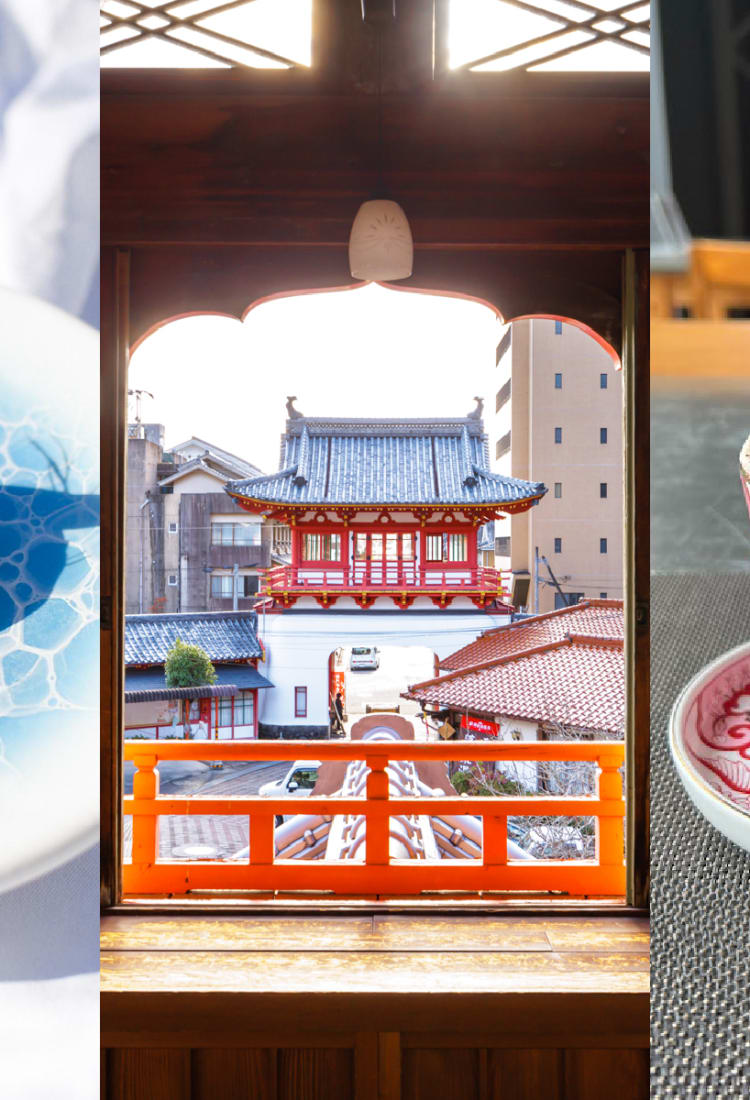
2024.02 Enjoy the fusion of culinary delights and exquisite tableware, while exploring the architectural beauty of Arita and Takeo [PR]
Located in northwestern Kyushu, Saga Prefecture is known for its fine porcelain, hot springs, and rich cuisine heritage. The town of Arita is considered the birthplace of Japanese porcelain. Arita ware (Arita-yaki) has a 400-year history, and since it was once shipped from Imari Port, it was also known as Imari ware (Imari-yaki). Further inland, the city of Takeo has hot springs with a history of some 1,300 years. Visit Saga Prefecture to discover treasured porcelain wares, savor gourmet cuisine in stylish surroundings, and relax in storied hot springs.
Shop for special mementos in the pottery district of Uchiyama
The first stop on a visit to Arita should be Sarayama-dori in the Uchiyama district, which is the center of Arita porcelain production. The street is 700 meters long and is lined with buildings of historical interest. It's a fascinating place to stroll, especially if you stop by the pottery stores and galleries. At Gallery Tetsuka, which is housed in a stately 100-year-old building, you can buy the works of young artisans who are preserving the traditions of Arita ware while adding their own flare.
The accessory shop “kusunoki” has a colorful range of original accessories made from Arita porcelain, from jewelry to pens. Consider adding some stylish Arita products to your collection.
Take a break from strolling with a stop at the Arita Porcelain Lab café. Relax in the modern space and enjoy a drink or meal served on Arita Porcelain Lab’s contemporary, luxurious tableware. You can also purchase your favorite tableware at the store next door.
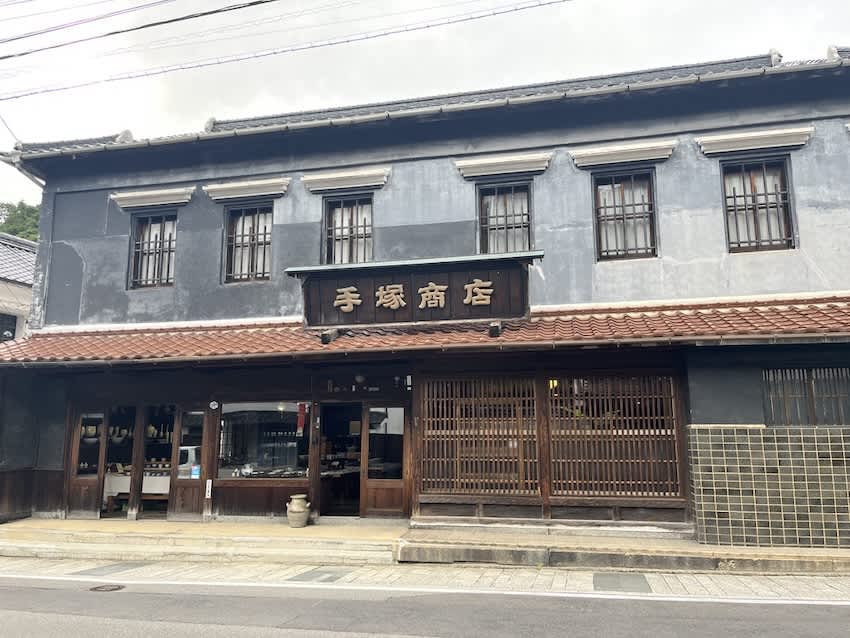

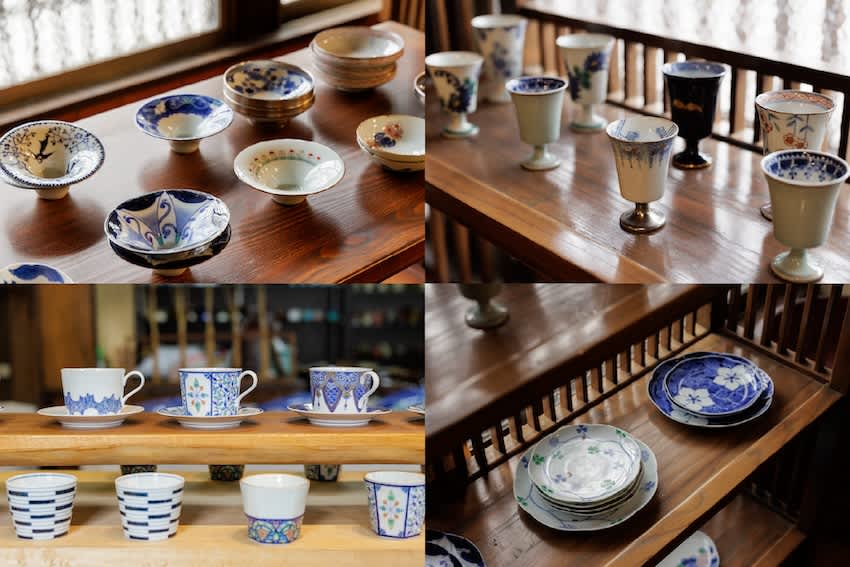
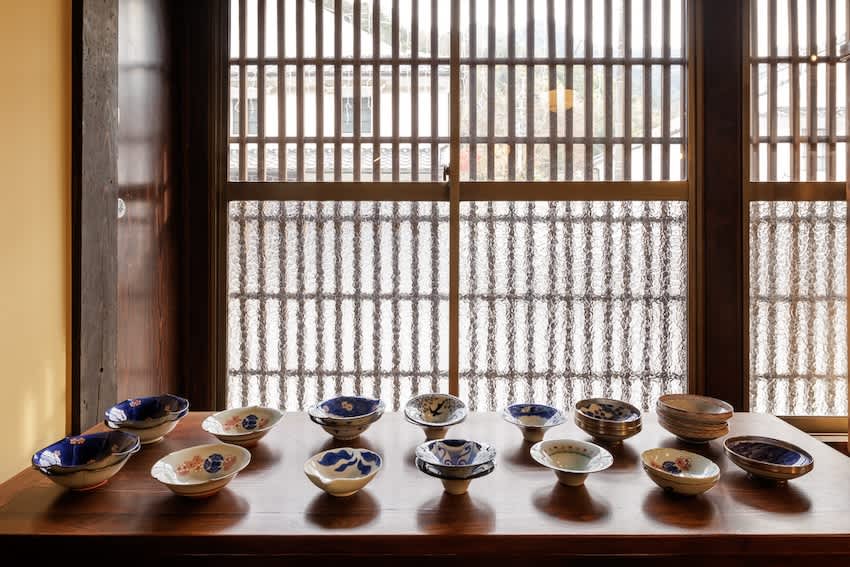

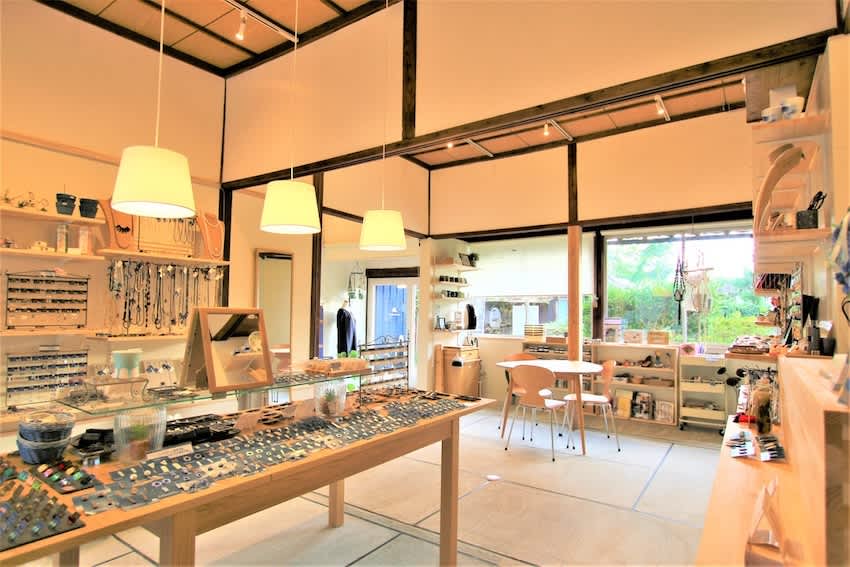
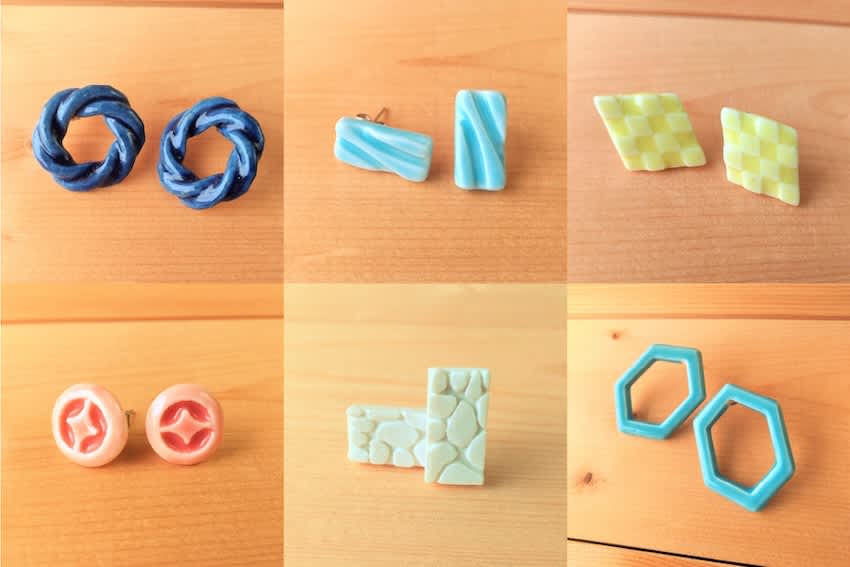

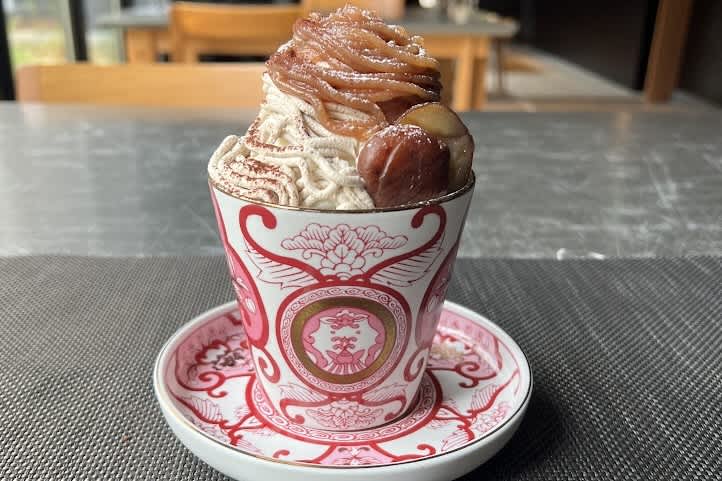


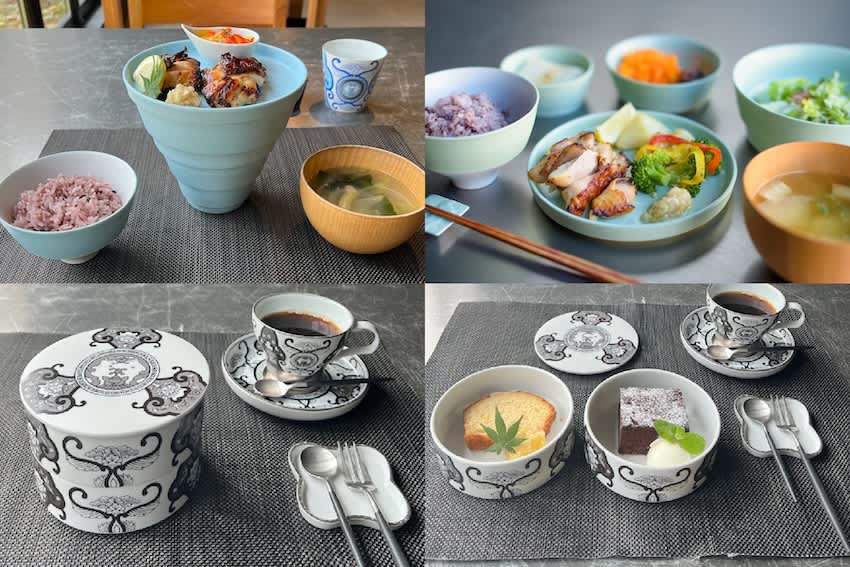
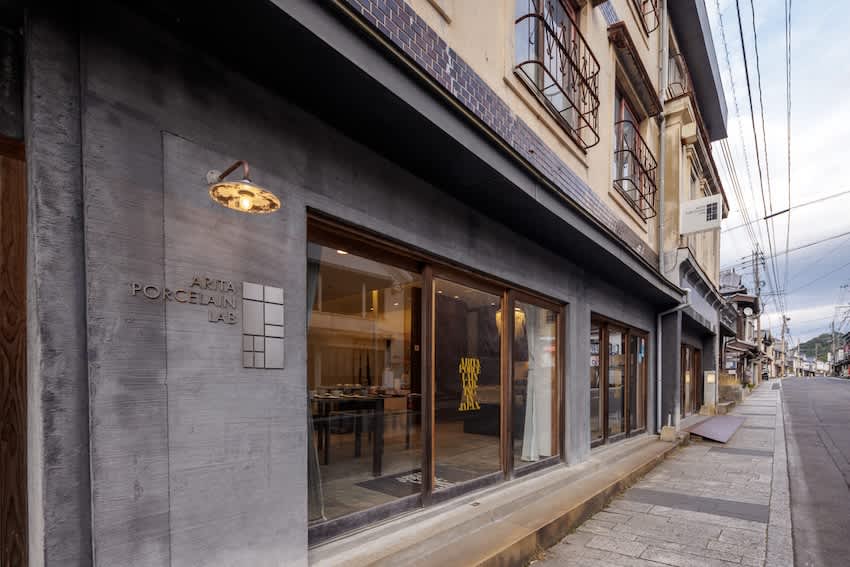



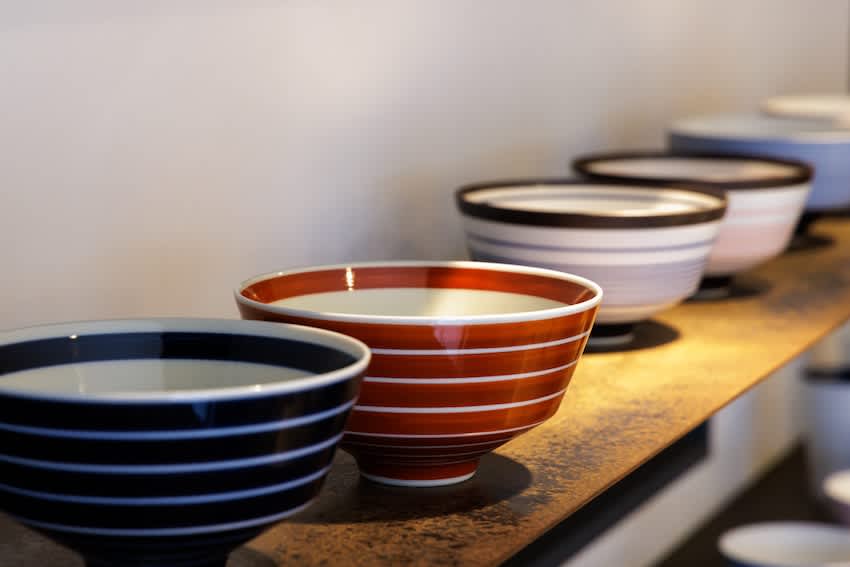
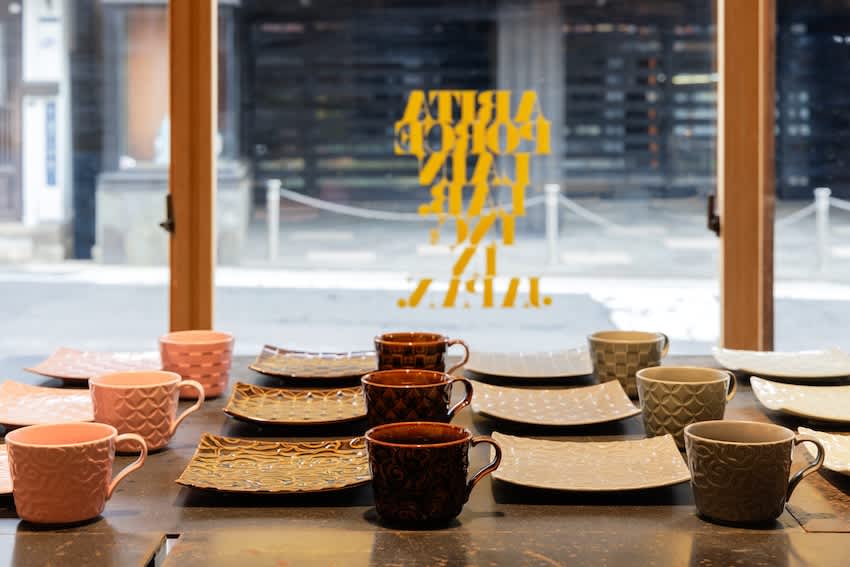
Fine dining and stylish spaces with Arita ware
Arita Será is a large shopping area devoted to Arita ware. Ceramics stores line the 200 m long central road, selling everything from casual tableware to art objects. Within Arita Será is the auberge-style arita huis, with accommodations, a restaurant*, a gallery, and a shop. Dine on gourmet meals served on modern Arita ware that matches the stylish space. Visiting or staying at arita huis may inspire you to incorporate elegant Arita ware into your daily life.
*The restaurant is closed on Mondays and Tuesdays. Dinner is only available from Friday to Sunday and on holidays (reservations required).
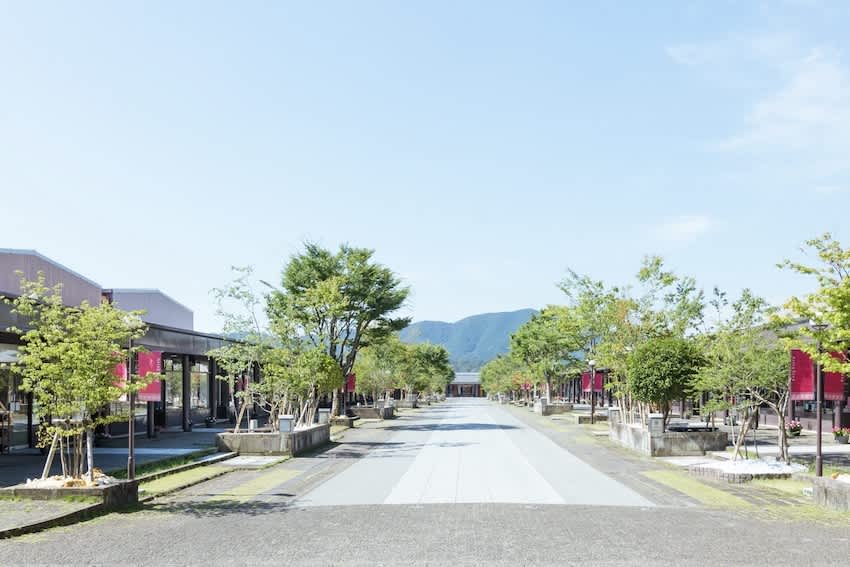
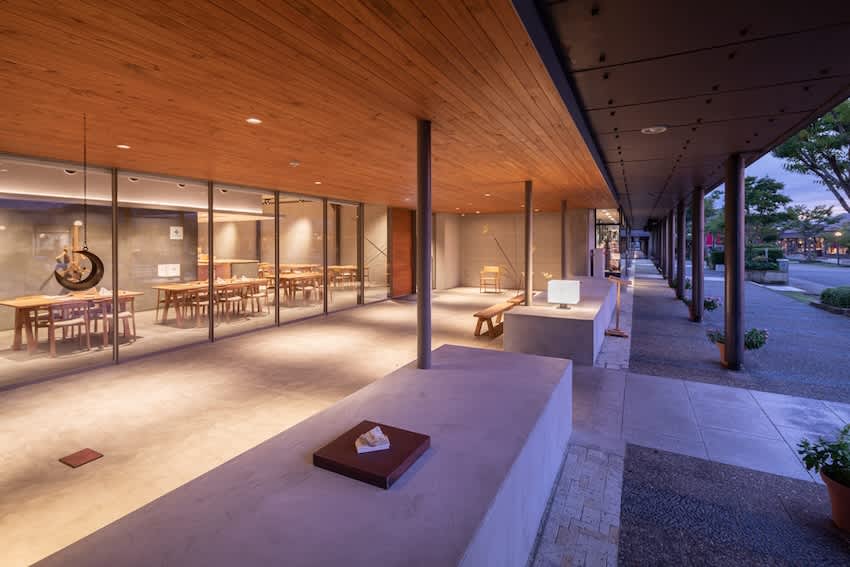
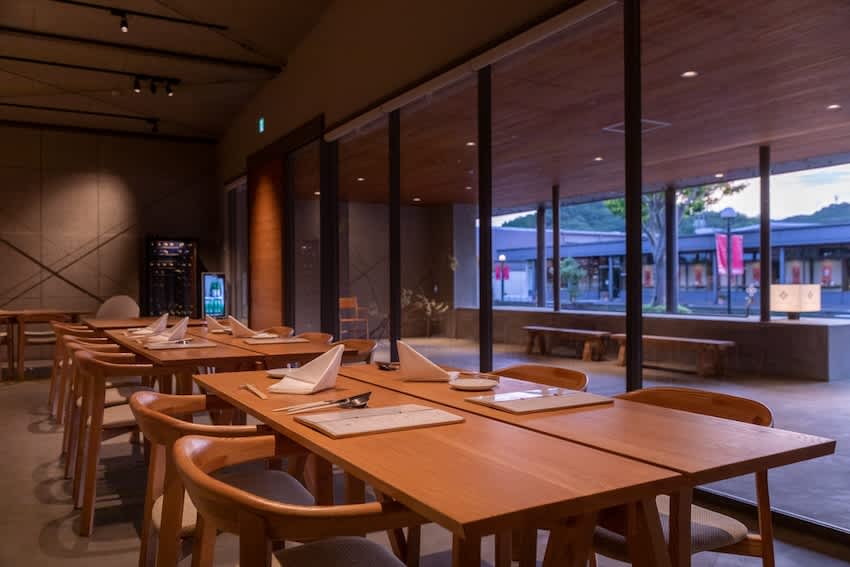
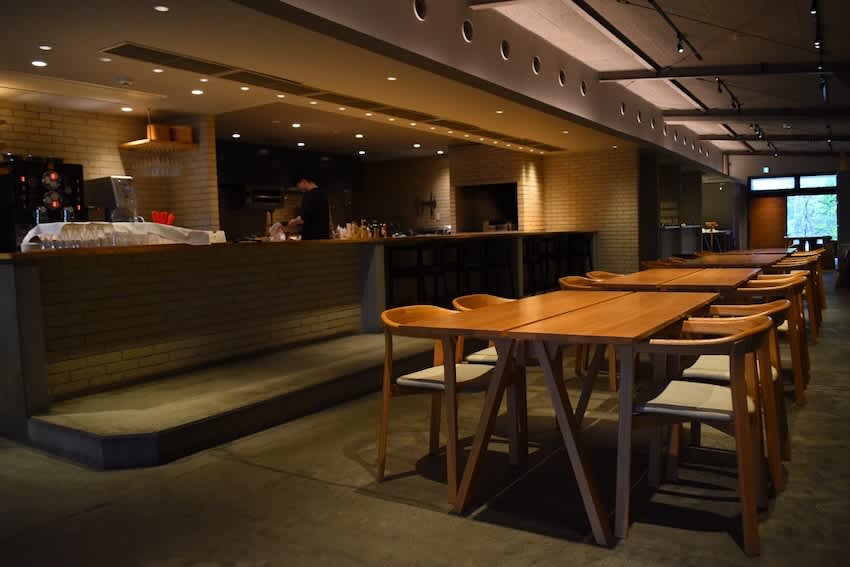

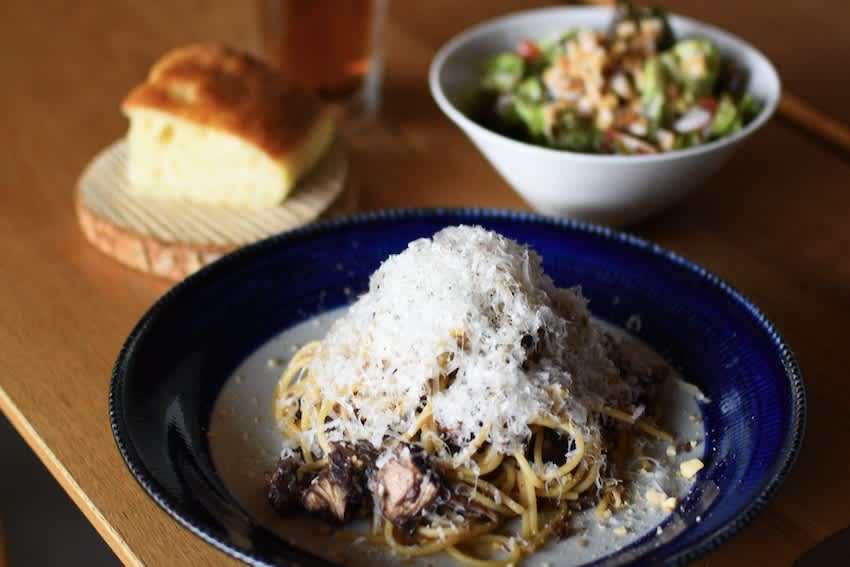

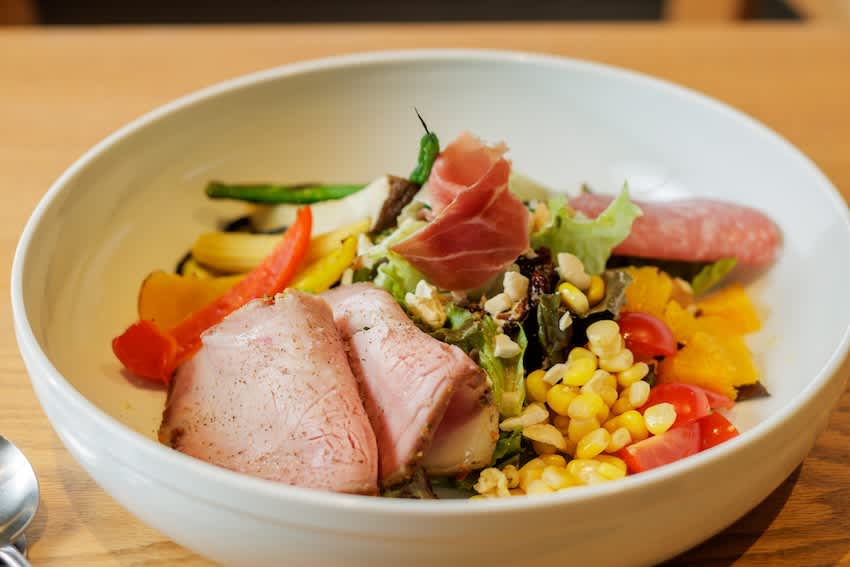
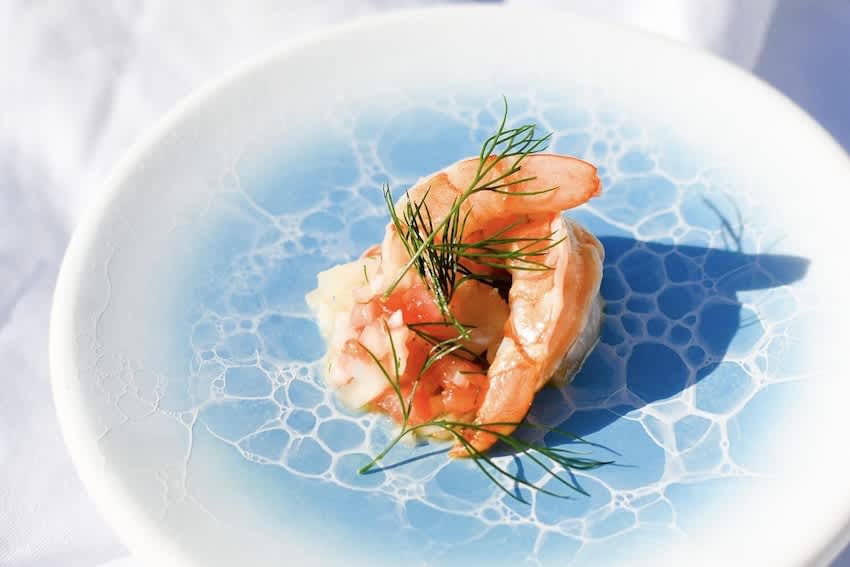
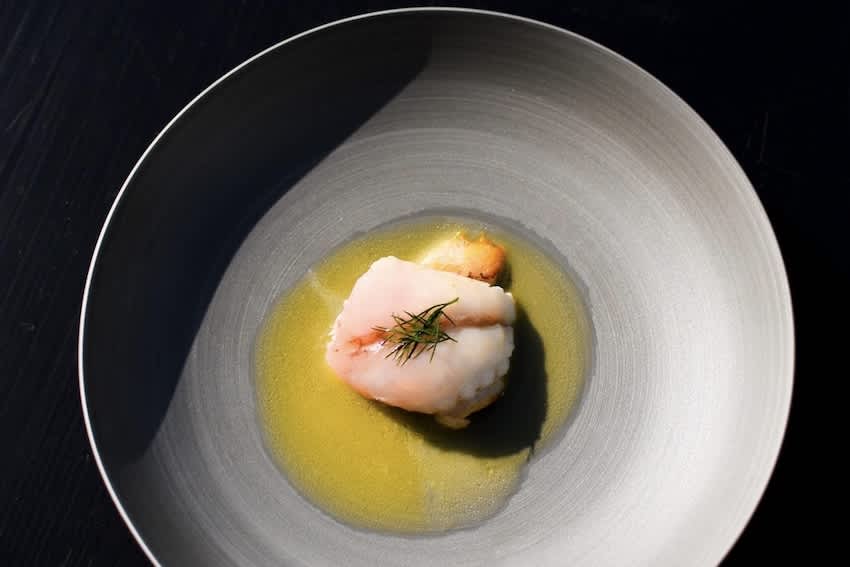

If you want to experience living with traditional Arita porcelain, head to shukubo shingetsu , which only accommodates three groups of guests per day. Unwind in a serene space inspired by traditional temple lodgings. Each of the three spacious suites has a private hot spring bath to help you relax and soothe your senses. The modern suites are decorated with Ko-Imari (antique-style Arita ware) lamps and vases. Meals are also served on traditional Arita ware, and each dish is selected to match the cuisine. Visit the shkubo shingetsu’s collection room to see and purchase fine examples of antique Arita ware.
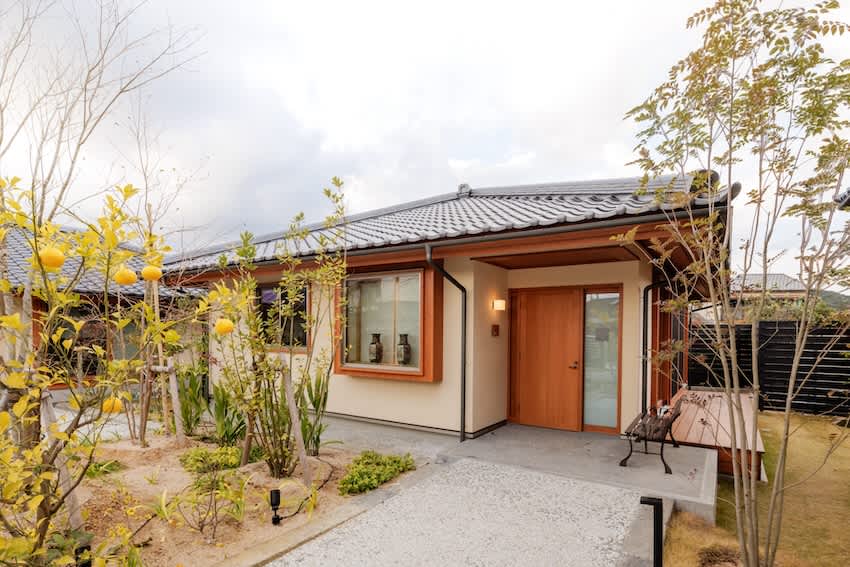
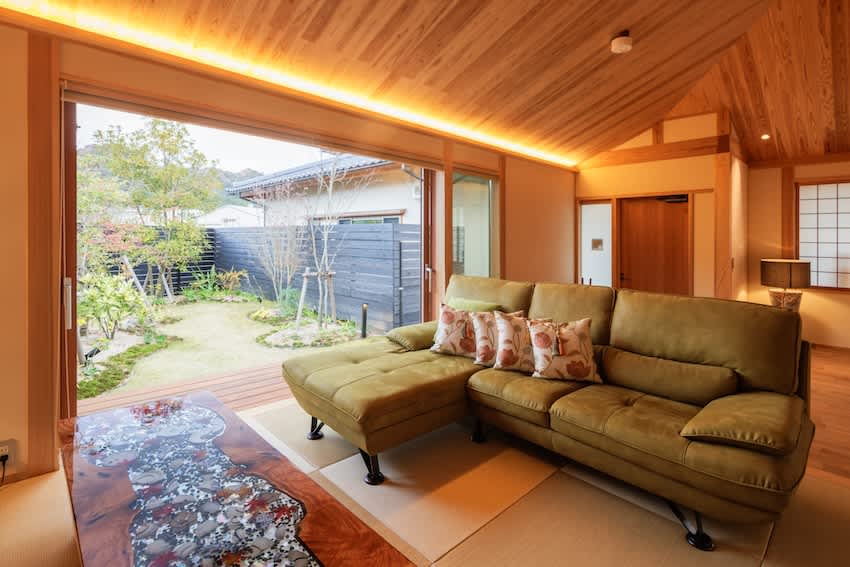
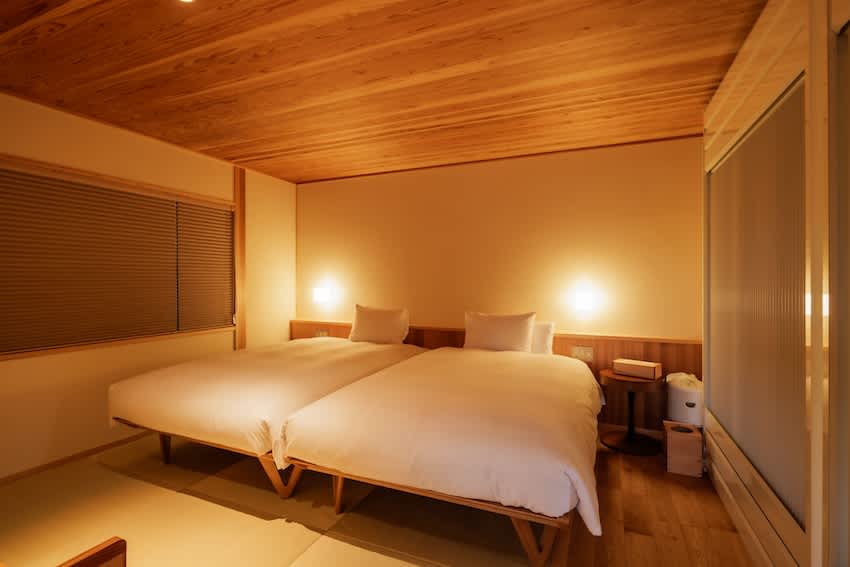
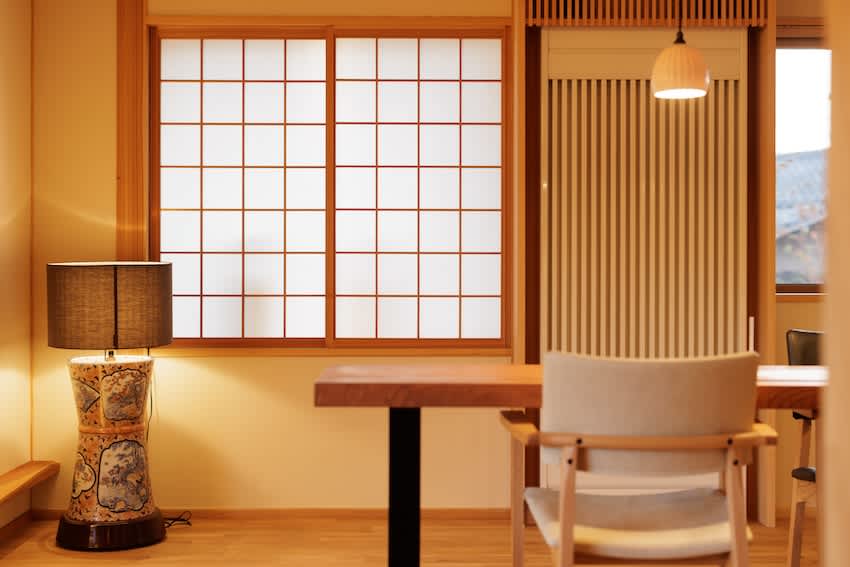
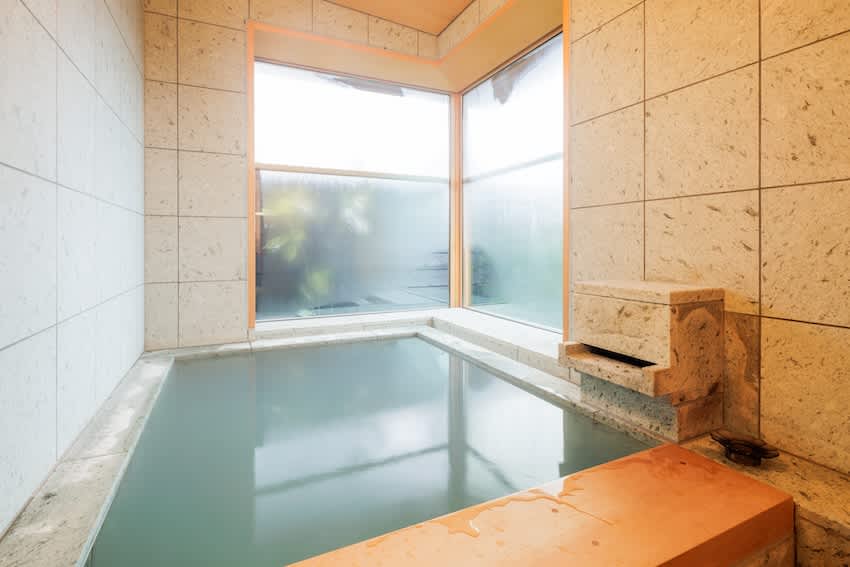

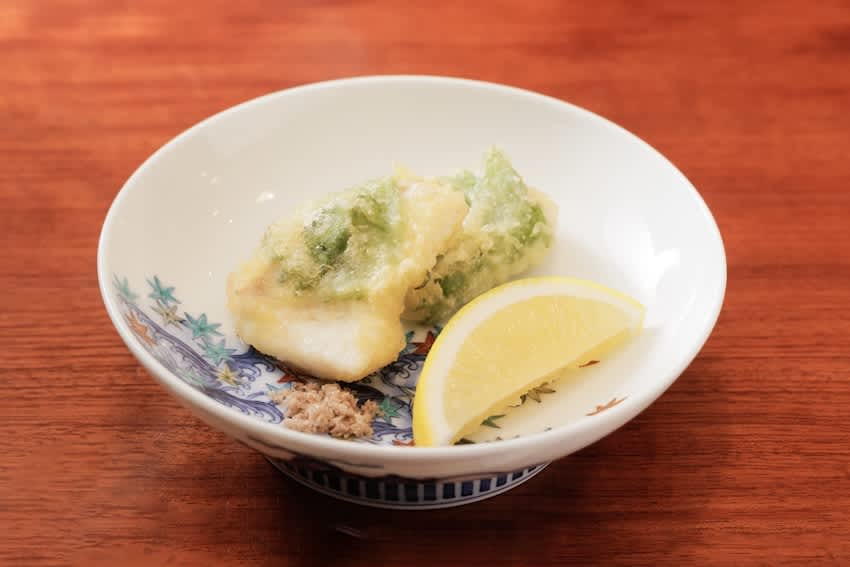


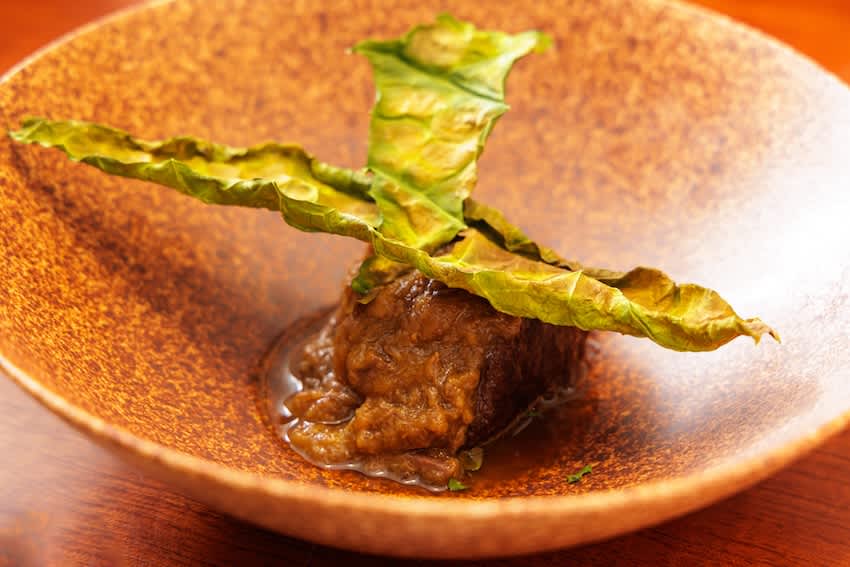
Unearth the secrets of Arita ware
Visit the Kyushu Ceramic Museum, which has Arita ware masterpieces, videos and interactive displays, and specially designed exhibition rooms, to learn about Arita porcelain in an enjoyable environment.
At the entrance of Exhibition Room 1, various designs that decorate Arita porcelain are rendered through projection mapping on a plate-shaped screen. As you move through the seven rooms covering different time periods, you can experience the 400-year story of Arita ware.
Learn about the development of Arita porcelain, which was first produced in the early 17th century using techniques from the Korean peninsula, as well as its culture and industry. See the Kakiemon and Nabeshima styles which are considered the “twin peaks” of Japanese porcelain, and the gorgeous Ko-Imari (Arita porcelain), which was exported to Europe some 300 years ago. Don’t miss the Arita Ware Karakuri Musical Clock, which delights museum visitors with music and moving figures every 30 minutes.
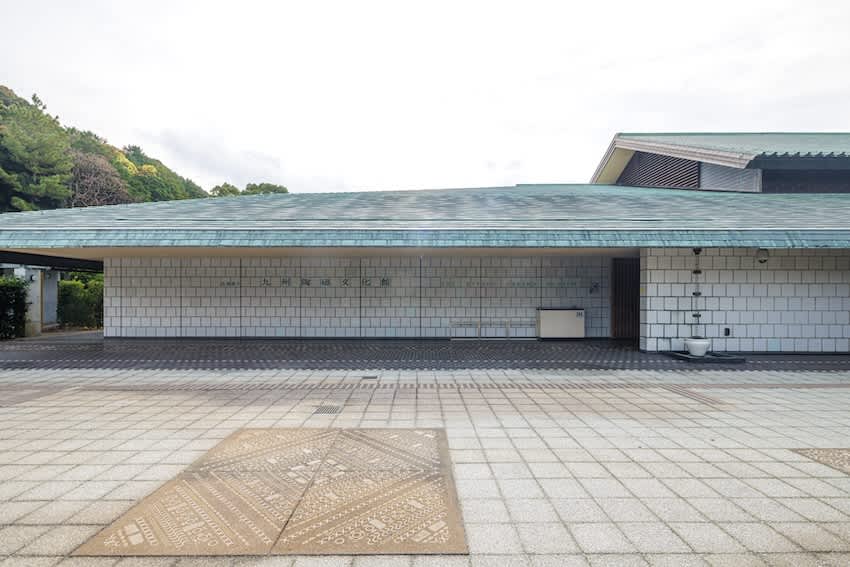
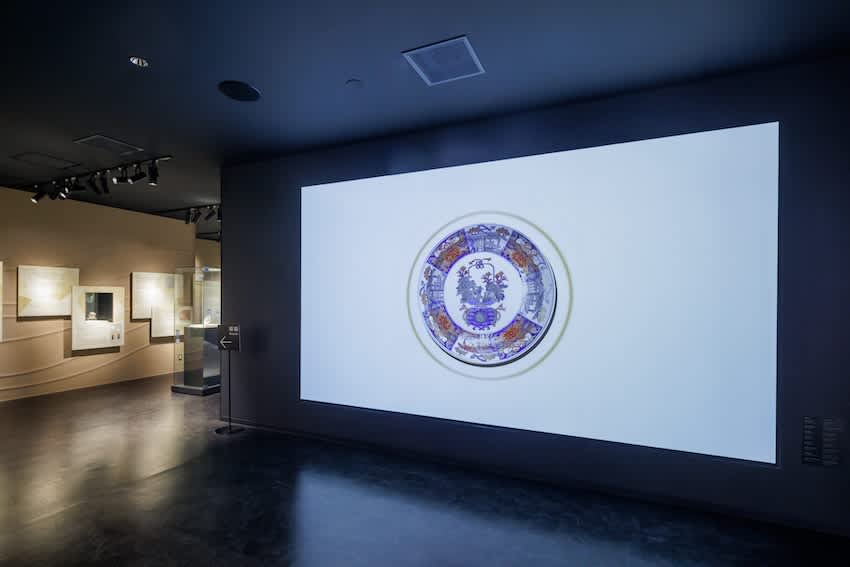
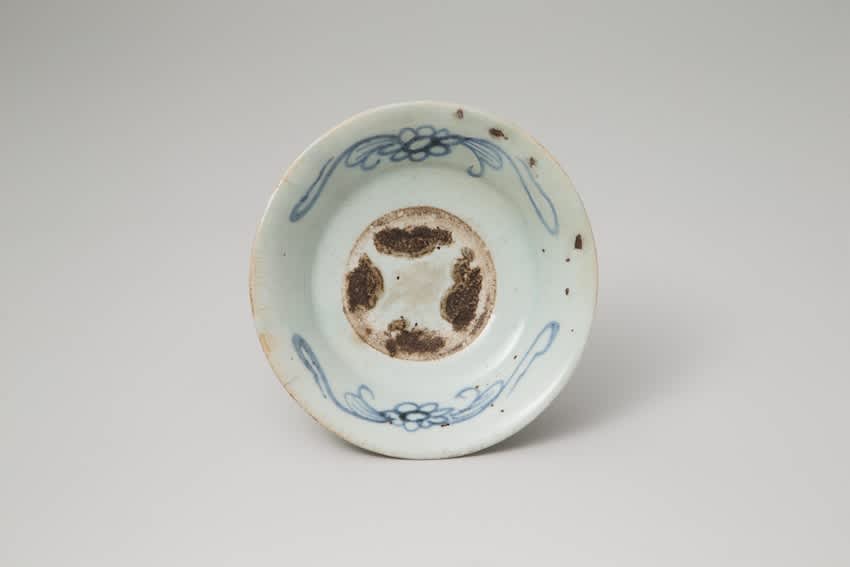
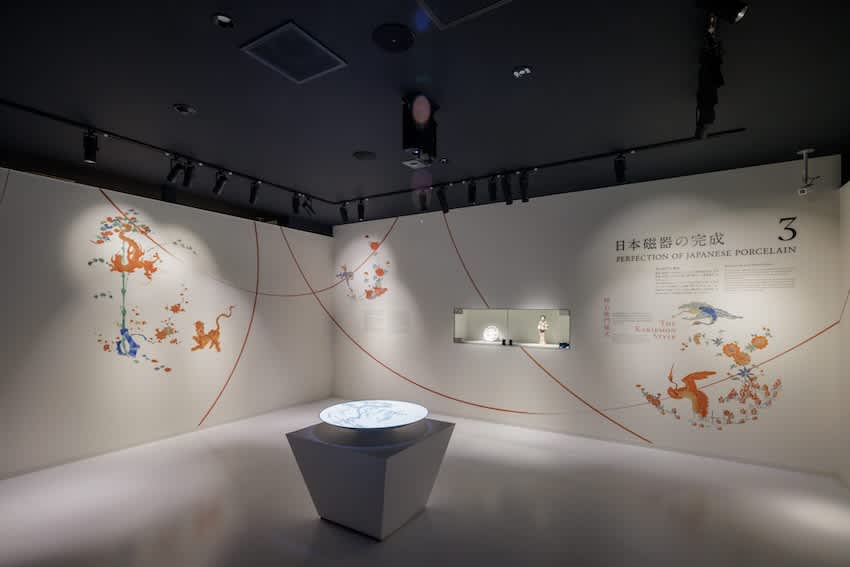
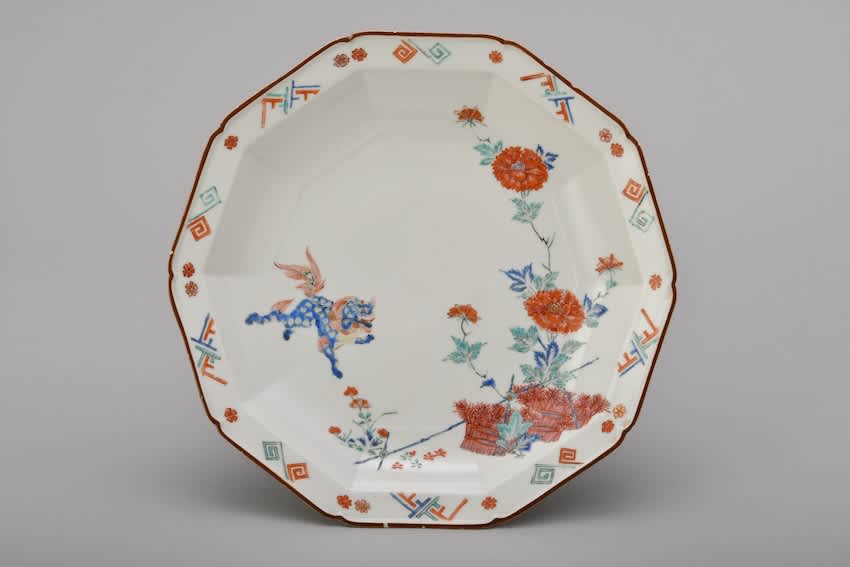
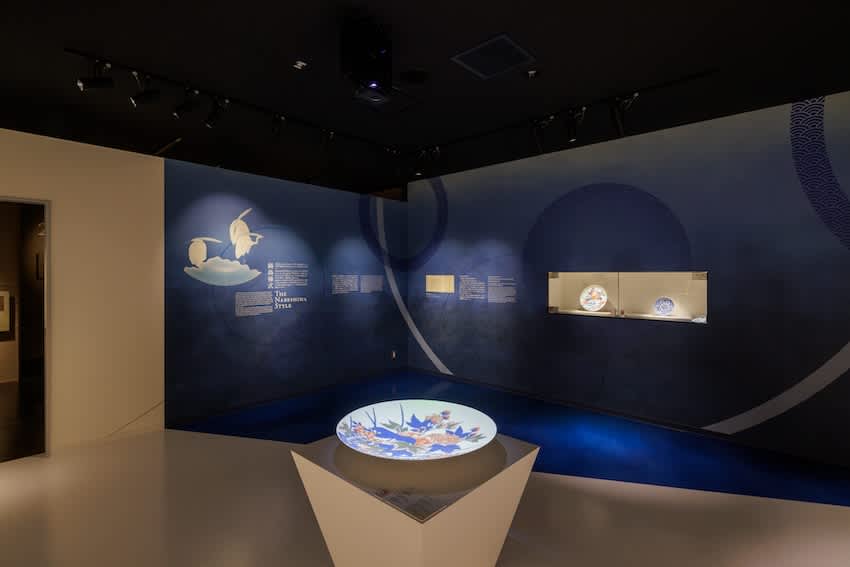
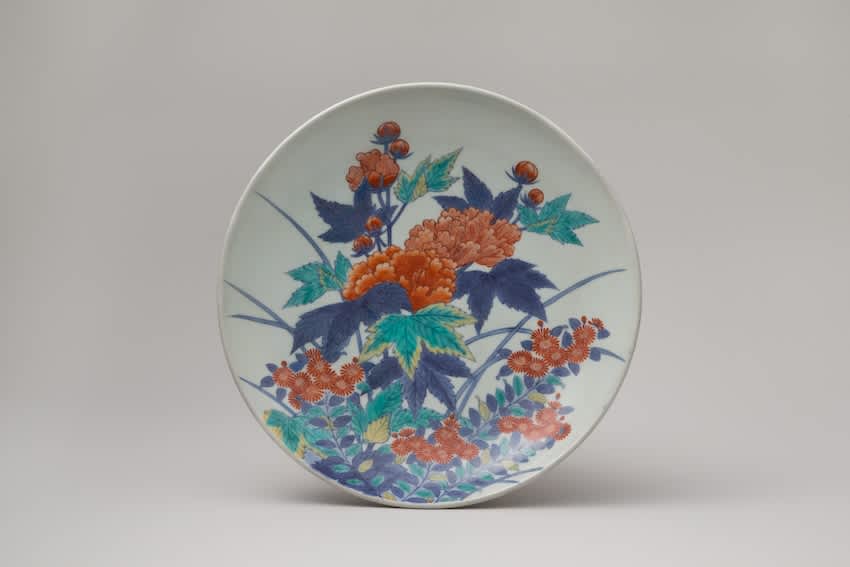


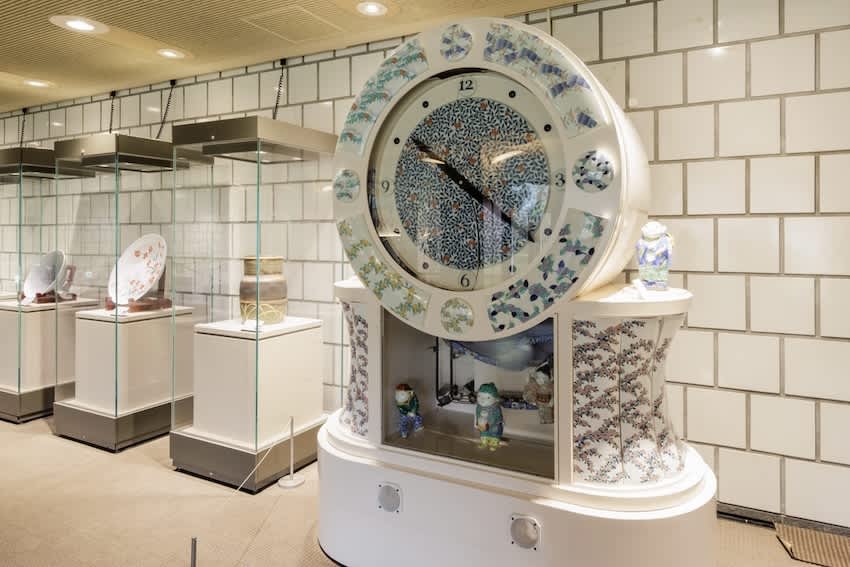

Distinctive designs at Takeo Onsen
The vermilion-lacquered Roumon Tower Gate* marks the entrance to Takeo Onsen, a hot spring with a history dating back some 1,300 years. The two-story gate was designed by Tokyo Station architect Tatsuno Kingo (1854–1919) in 1915, and its ingenious joinery does not use a single nail. Visitors can visit the second floor from 9 to 10 a.m. for a fee (closed on Tuesdays), to see carvings of four of the twelve signs of the Chinese zodiac—the Rat, the Rabbit, the Horse, and the Rooster—on the four corners of the ceiling. Tatsuno apparently incorporated the other eight signs into reliefs on the ceilings of the north and south domes of Tokyo Station, built a year earlier than the tower gate.
For the best view of the Roumon Tower Gate, visit the second floor of the Shinkan*. The Shinkan was a public bathhouse built at the same time as the gate. You can see the former public baths, covered in marble and majolica tiles (restored in 2003). Enjoy a private hot spring bath at Takeo Onsen by reserving the Tonosama-yu (the lord’s bath), which was built exclusively for the feudal lords of the area.
*Nationally designated important cultural property
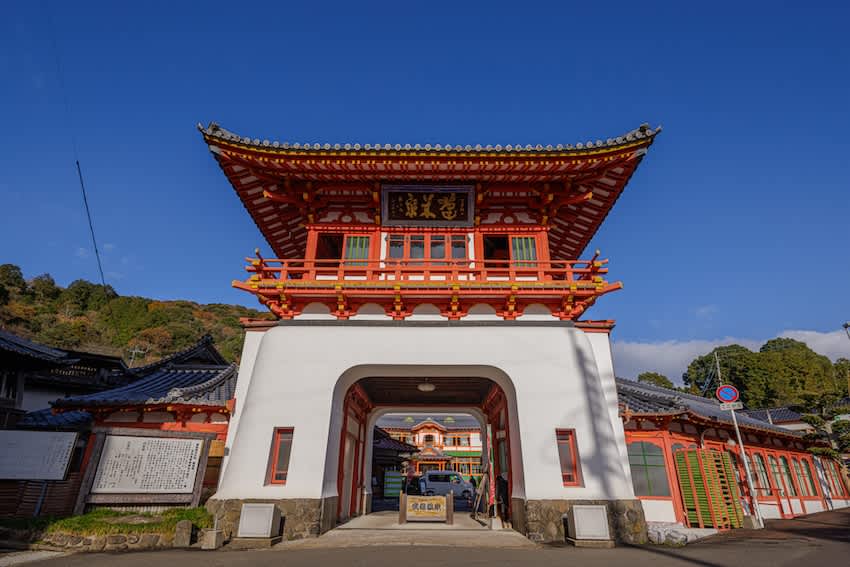
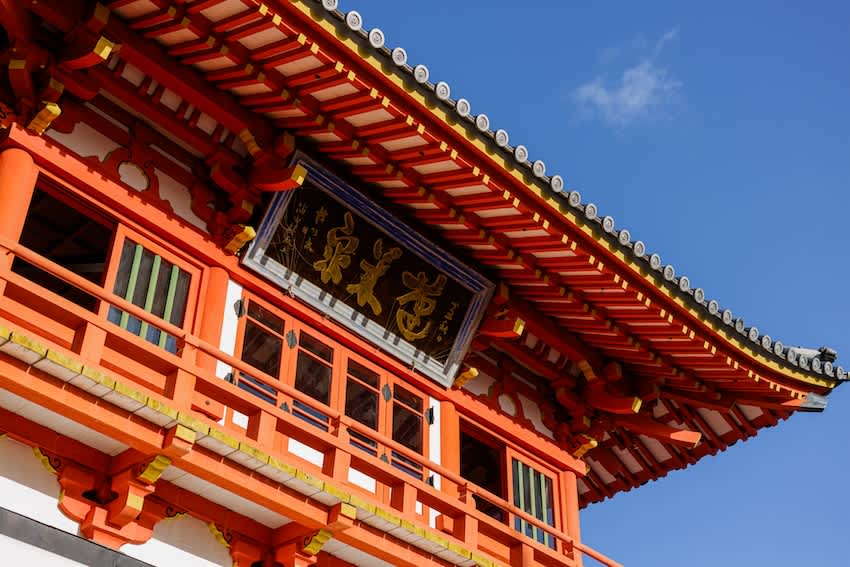
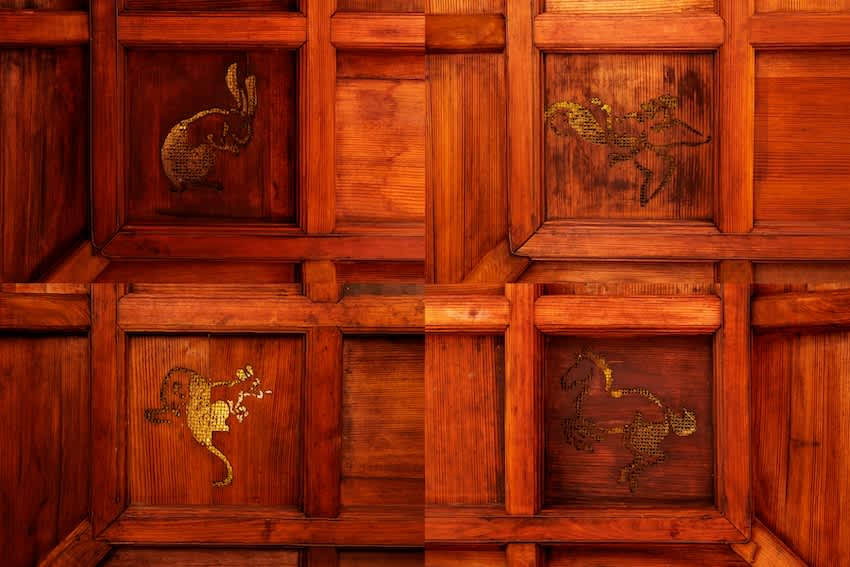
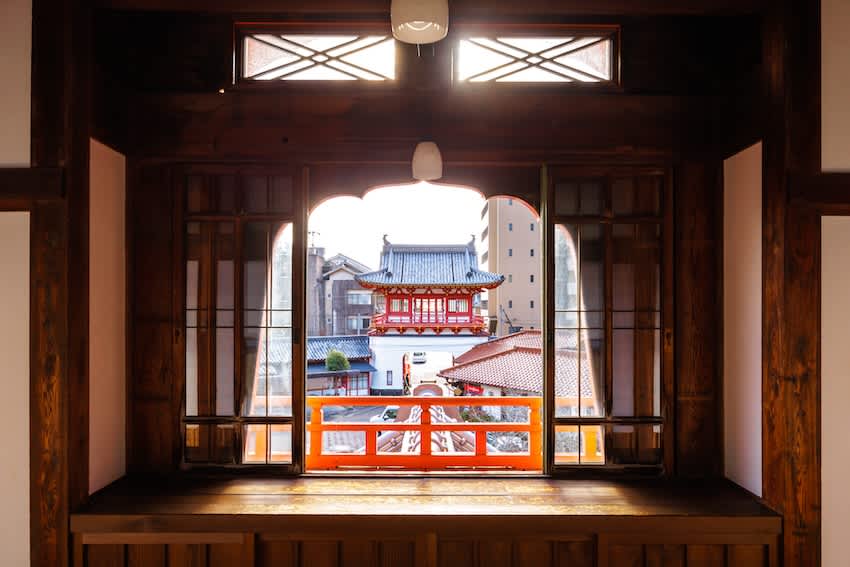
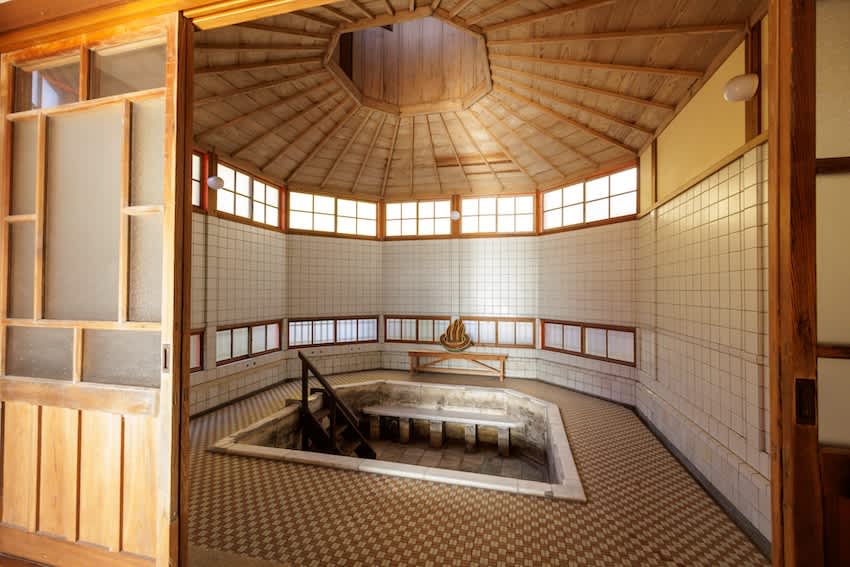
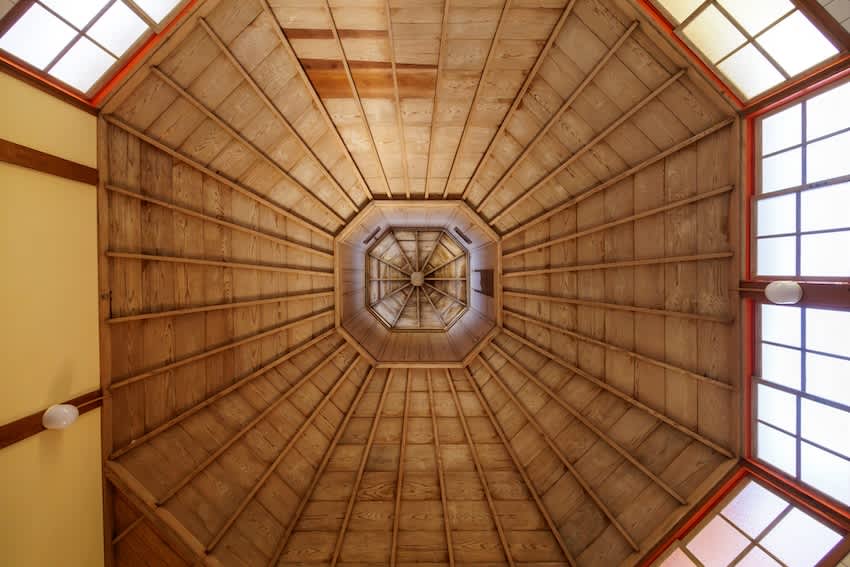
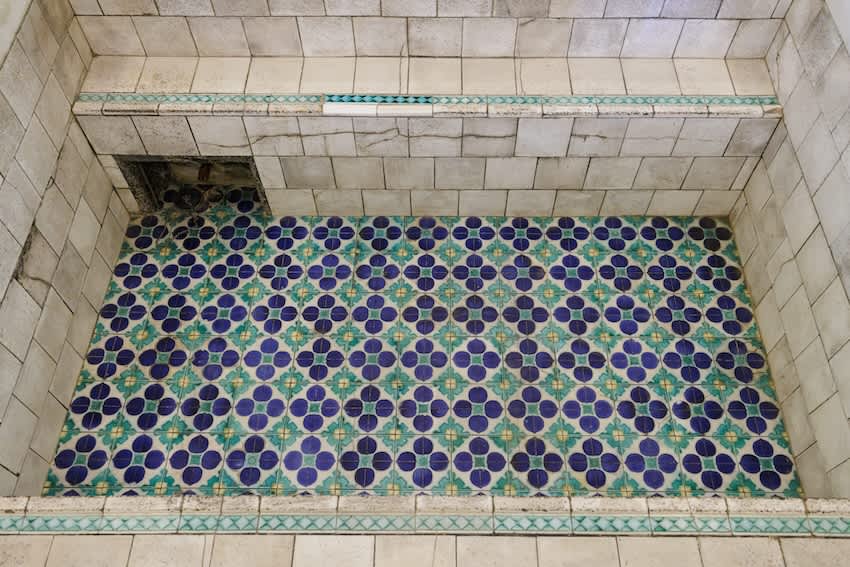
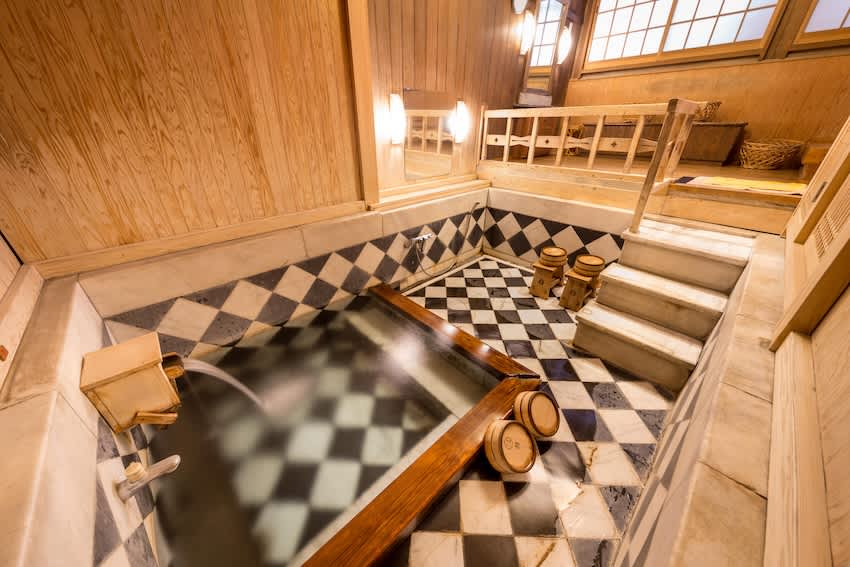
The Takeo City Library is renowned for its contemporary architecture. The striking library space has approximately 250,000 books arranged beautifully to compliment the aesthetic. There is also a Starbucks outlet, so visitors can enjoy a beverage while reading.
The adjacent Kids’ Library also has a space to relax and read picture books, with a selection of books in Korean and English. Try the pancakes made from Kyushu-sourced wheat and cereals at the Kyushu Pancake Café on the second floor.
Explore Takeo’s natural wonders with a short stroll from the library to Takeo no Okusu, the sacred tree of Takeo Shrine. The tree is believed to be around 3,000 years old and is a local spiritual spot.
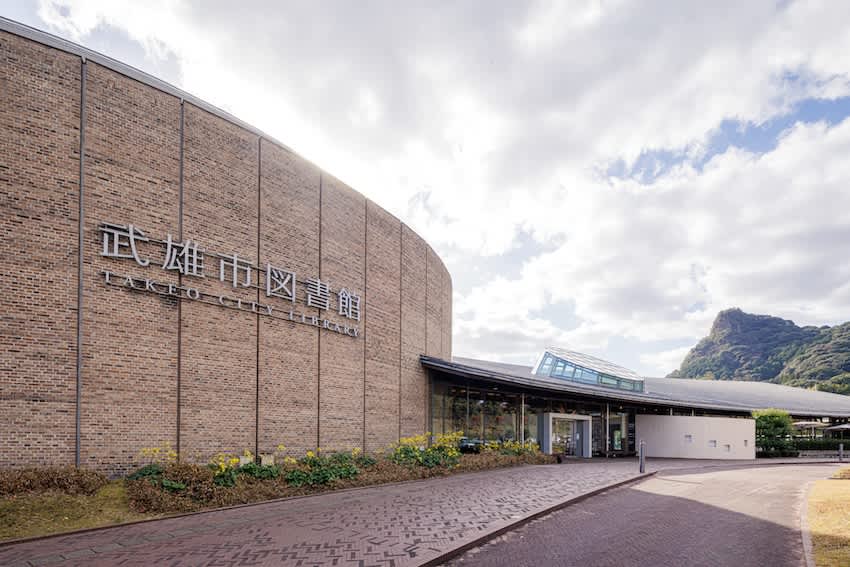
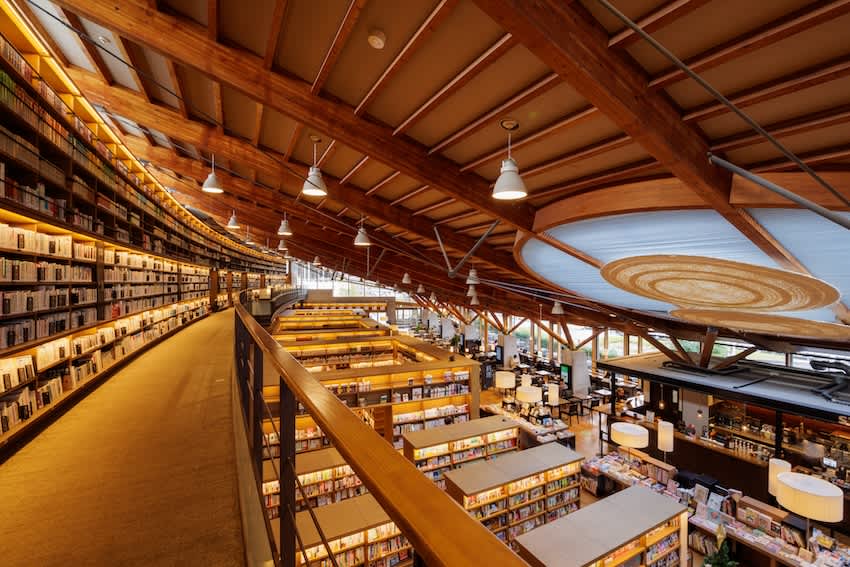


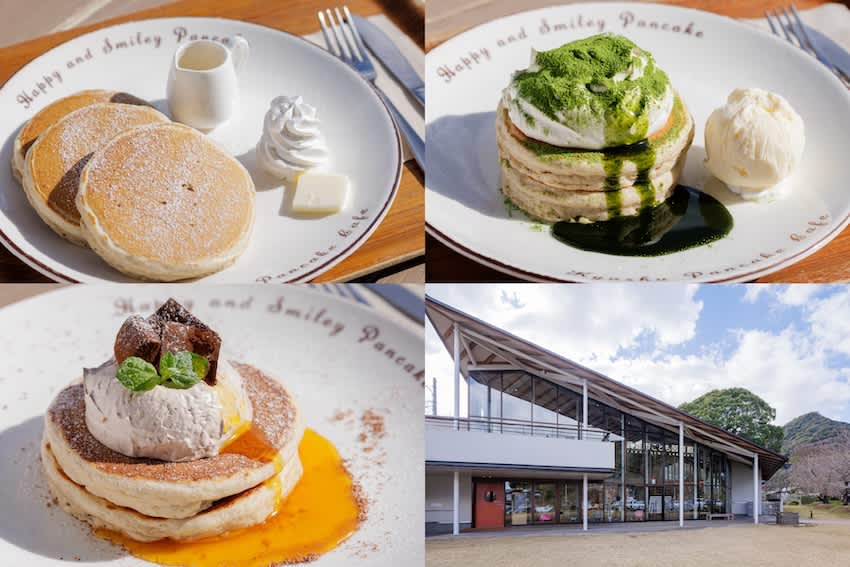

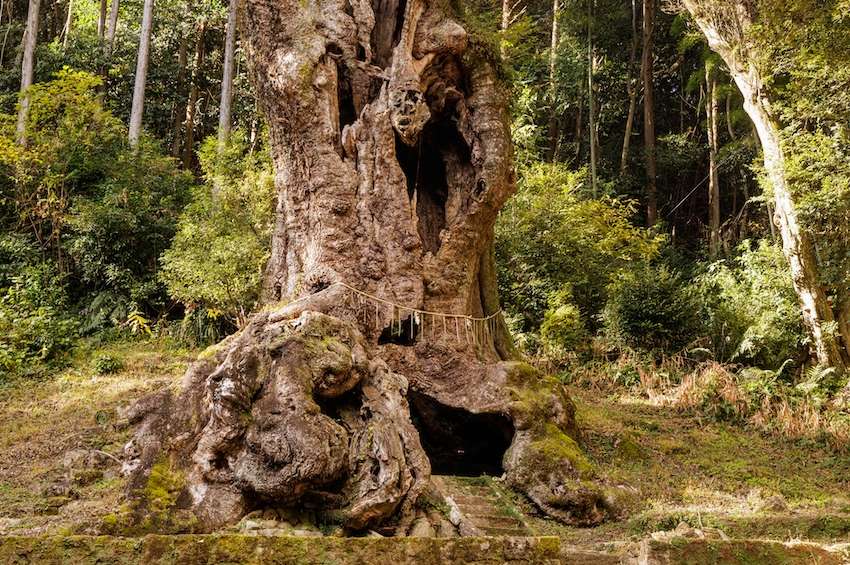

Saga soul food: savor soba and champon noodles
Kyushu is known for its delicious noodle dishes, from hearty pork ramen to simple soba (buckwheat noodles). At Boukuuji in Takeo City you can enjoy freshly made soba noodles served on beautiful dishes. The restaurant is also a gallery space with colorful pottery. The decorative tableware adds another dimension to the dining experience, creating a feast for the eyes as well as the tastebuds. Enjoy a range of soba noodle dishes that vary by season.
Another type of noodle you can’t miss when visiting Saga Prefecture is Ide Champon. Champon is another popular noodle dish in Kyushu. At Ide Champon, ramen noodles are topped with a generous amount of stir-fried pork, bean sprouts, cabbage, onions, and kamaboko (steamed fish paste), and the soup is made from pork bones. The restaurant has been a local favorite since it was founded in Takeo in 1945.



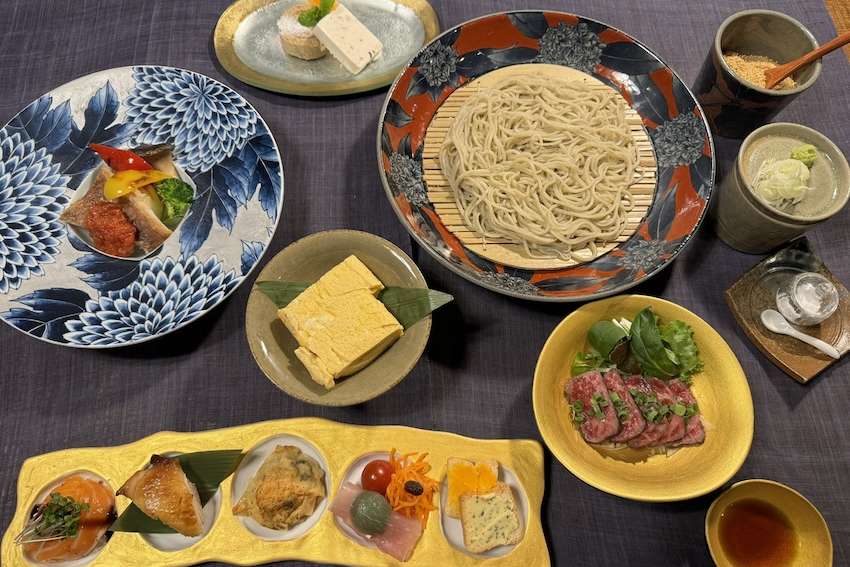
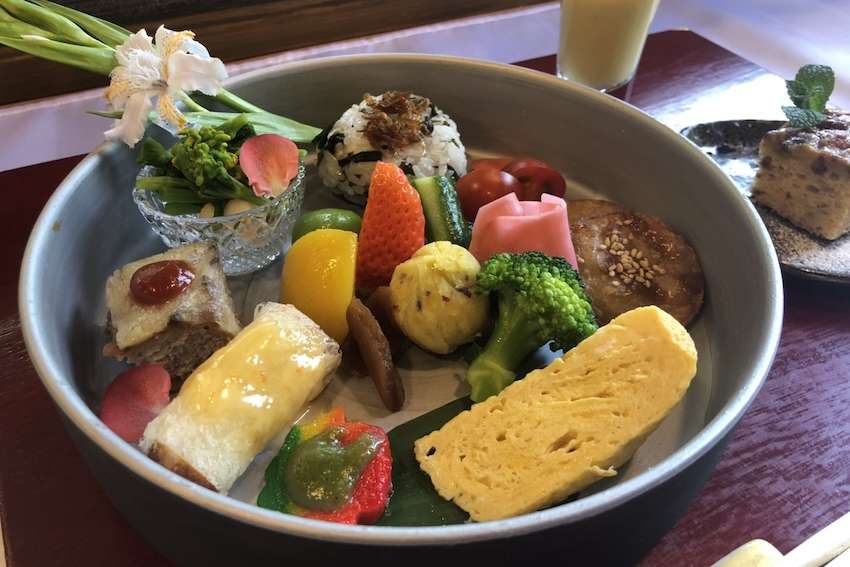
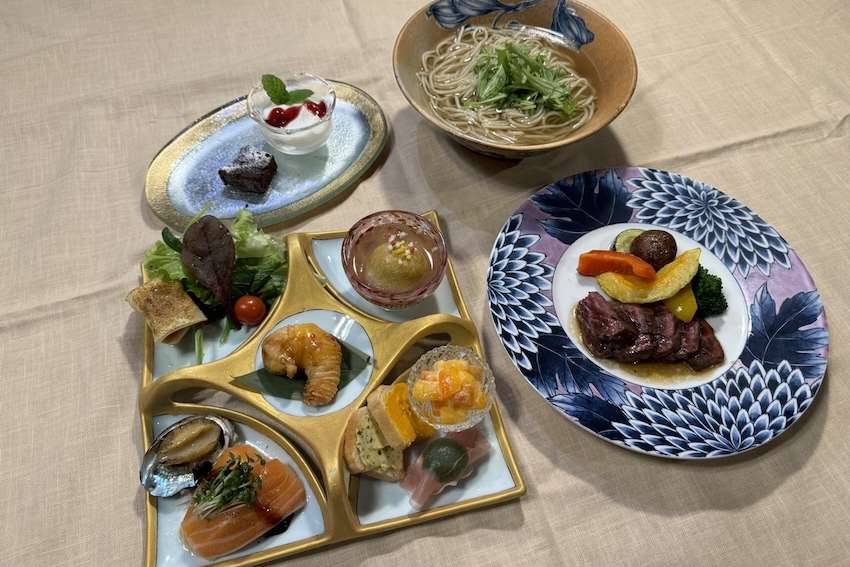
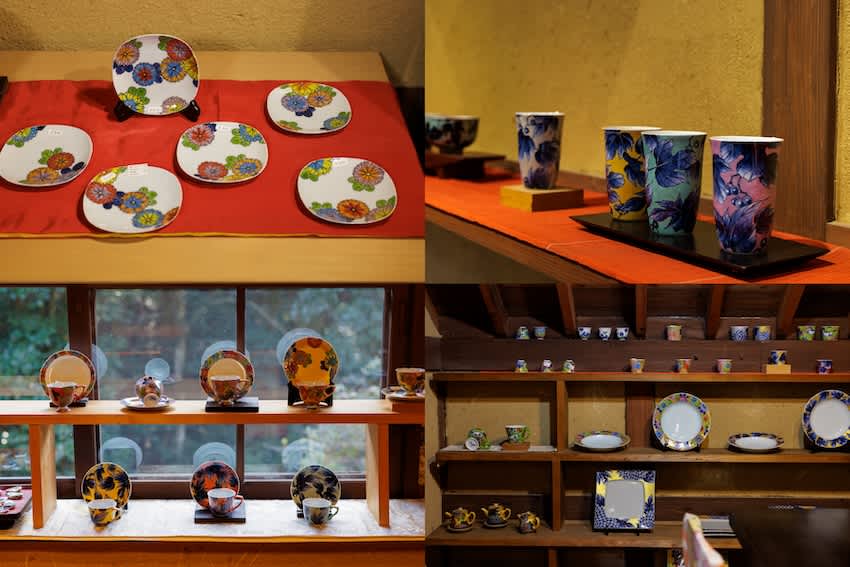
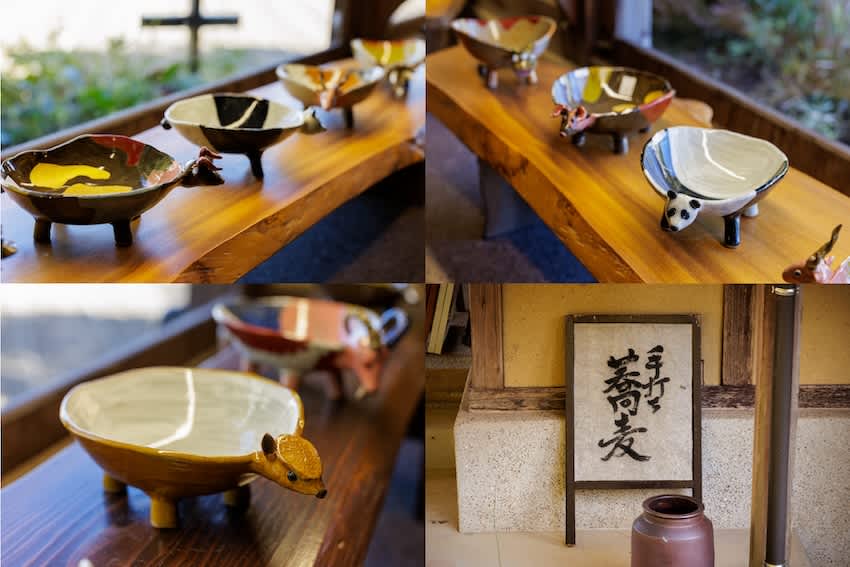
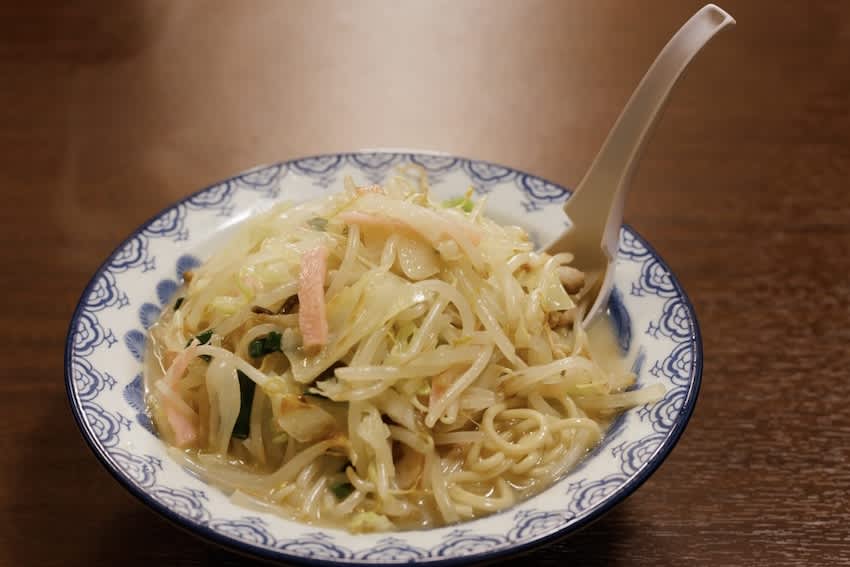
How to get there
The town of Arita and Takeo City in Saga Prefecture can be accessed via Kyushu-Saga International Airport and Fukuoka Airport. From Kyushu-Saga International Airport, take a bus to Saga Station (approx. 35 mins) and transfer to the JR limited express train. It takes approximately 20 minutes to Takeo-onsen Station and 40 minutes to Arita Station. From Fukuoka Airport, first head to Hakata Station, then take the JR limited express train or express bus.
Related Links
Saga Prefecture Official Tourism Website
|
Arita Porcelain Lab (Café) |
The Kyushu Ceramic Museum |
Takeo Onsen |
Takeo City Library, Takeo City Kids’ Library |




















































